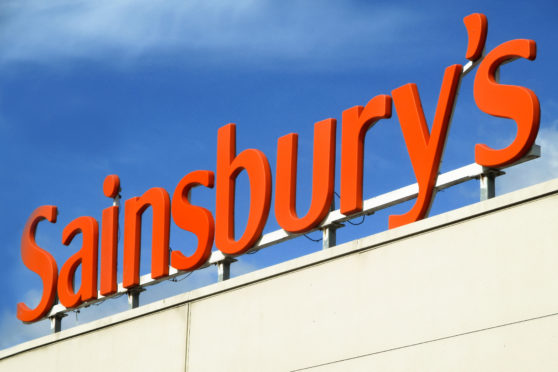
Former Sainsbury’s boss Justin King has said he is “optimistic” about the future of high streets with social distancing measures in place.
But he has warned of a tough period ahead for shopping centres.
Mr King, who is a senior adviser at retail technology specialist Rezolve, said he believes customers and retailers will quickly adapt to changes on high streets caused by the virus.
He told the PA news agency: “People will continue to walk down the high street safely and choose to go into stores that look safe or quiet.
“I’m optimistic about the high street.
“But I think you have a hard time convincing shoppers to return to shopping malls or other covered spaces where they might feel enclosed.
“People will find it hard just trying to go up a flight of stairs while keeping distance so multi-storey shops could find it hard, too.”
Mr King, who is also a non-executive director at Marks & Spencer, made the comments as retailers and hospitality firms join forces to use Rezolve’s SafeZone platform, aimed at reducing contact for customers in stores.
Resolve has pushed forward with the expansion of the platform in the UK after growth in China and Germany.
SafeZone allows customers to receive information regarding stock availability and collection or opening times, while simultaneously allowing stores to control customer volumes by telling them when it is safe to collect items or enter sites.
Mr King said he believes the pandemic is driving a “step change” in the way technology is used by retailers and customers.
He said: “We are certainly seeing a shift and platforms like this benefit both customers and businesses.
“Customers will continue to try to avoid contact in the short-term and that’s something that SafeZone tries to manage”.
Fast food chain Leon has started using SafeZone technology to support Click and Collect and fast checkout services across its 75 restaurants in the UK and abroad.
John Vincent, founder and chief executive at Leon, said: “We have a duty to keep our customers and employees safe and if we want British restaurants to recover financially we – as retailers – must invest in innovative new technology to survive.
“The hospitality industry faces a very uncertain future and this is one important step in mitigating the impact for businesses, team members and consumers.”

Enjoy the convenience of having The Sunday Post delivered as a digital ePaper straight to your smartphone, tablet or computer.
Subscribe for only £5.49 a month and enjoy all the benefits of the printed paper as a digital replica.
Subscribe